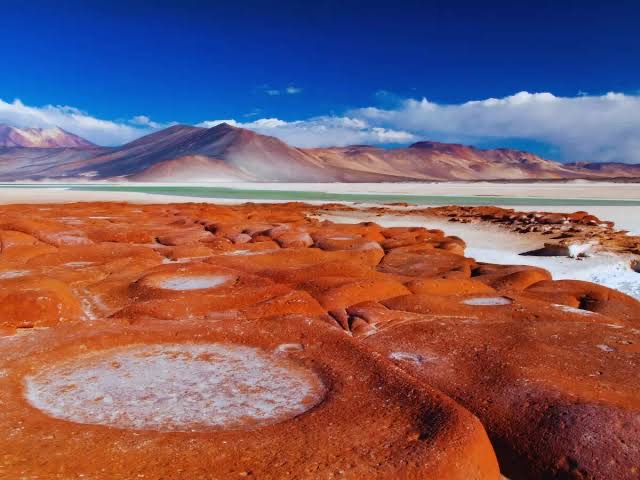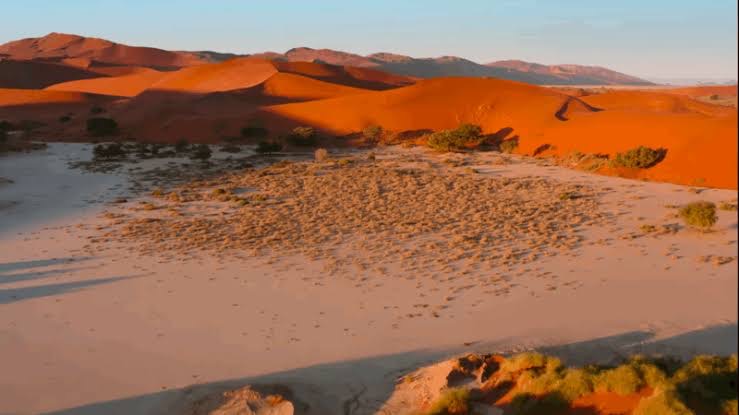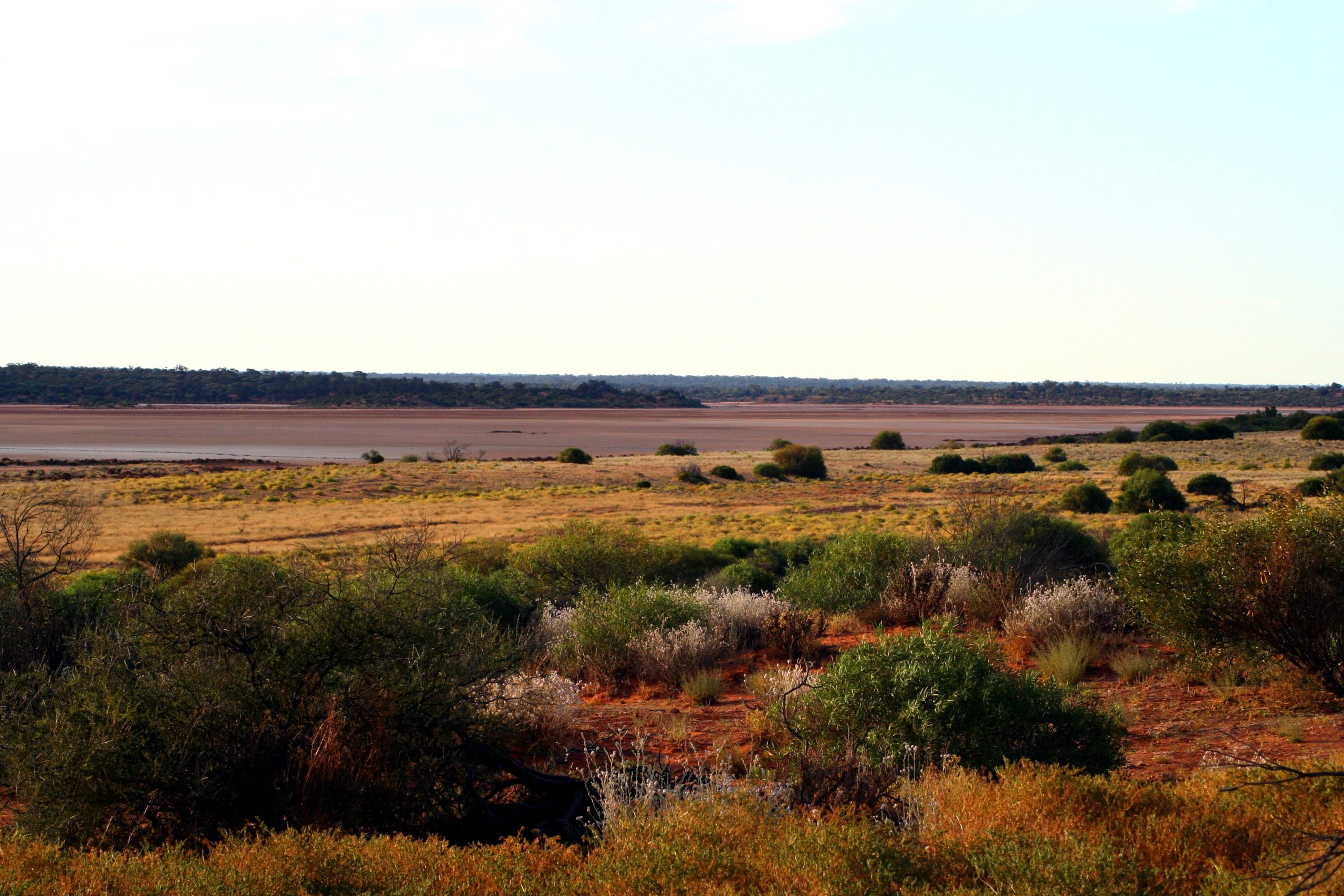Deserts are often perceived as barren wastelands, but their stark beauty and extreme environments offer some of the most awe-inspiring landscapes on Earth. From the endless sands of the Sahara to the rugged terrain of Wadi Rum, here are some of the world’s most breathtaking deserts that captivate the imagination and showcase the resilience of life in the harshest conditions.
1. Sahara Desert: A Majestic Sea of Sand

Stretching over 9 million square kilometers across North Africa, the Sahara Desert is the largest hot desert in the world. Its expansive landscape features towering sand dunes, rugged mountains, and ancient oases. Iconic sights include the undulating dunes of Erg Chebbi and the dramatic rock formations of Tassili n’Ajjer. Despite its harsh climate, the Sahara is home to a variety of life, including resilient plants and animals adapted to its extreme conditions. The Sahara’s vastness and diverse landscapes make it a truly majestic destination.
2. Atacama Desert: Earth’s Driest Place

Located in northern Chile, the Atacama Desert is known as the driest desert on Earth. Some areas have seen no rainfall for decades. This arid landscape is characterized by its salt flats, volcanic formations, and the otherworldly Valle de la Luna. The Atacama’s minimal light pollution provides an excellent vantage point for stargazing, making it a hub for astronomical research. Despite its dry conditions, the Atacama supports a surprising array of life, including unique flora and migratory birds that thrive in this seemingly inhospitable environment.
3. Namib Desert: Ancient Sands and Unique Wildlife

The Namib Desert, one of the world’s oldest deserts, is located in Namibia and boasts some of the highest sand dunes globally. The famous Dune 45 and the striking red sands of Deadvlei create a surreal and picturesque landscape. The Namib is not only known for its stunning vistas but also for its unique wildlife. Desert-adapted elephants and oryx have evolved to survive the harsh conditions, showcasing nature’s incredible adaptability. The Namib Desert’s ancient sands and distinctive flora and fauna make it a fascinating place to explore.
4. Wadi Rum: The Valley of the Moon

In southern Jordan lies Wadi Rum, also known as the Valley of the Moon. This protected desert wilderness is renowned for its dramatic sandstone mountains, narrow canyons, and ancient petroglyphs. Its surreal landscape has served as a backdrop for films such as “Lawrence of Arabia” and “The Martian.” Visitors to Wadi Rum are treated to a landscape of vibrant red sand and striking rock formations, providing an otherworldly experience. The traditional Bedouin tribes living in the area add a cultural dimension to this already mesmerizing desert.
5. Great Victoria Desert: Australia’s Vast Expanse

Australia’s Great Victoria Desert spans South Australia and Western Australia, making it the largest desert in Australia. It features extensive sand plains, salt lakes, and sparse vegetation. The Great Victoria Desert is home to a variety of wildlife, including kangaroos, dingoes, and numerous bird species. The flora and fauna here have adapted to survive the desert’s extreme conditions, demonstrating nature’s resilience. The desert’s vast expanse and unique ecosystem make it an intriguing destination for those seeking adventure and natural beauty.
These deserts, with their unique landscapes and resilient ecosystems, offer a glimpse into the awe-inspiring extremes of our planet. Whether you’re captivated by the Sahara’s vast dunes or the surreal beauty of Wadi Rum, these deserts remind us of the incredible diversity and adaptability of life in even the harshest environments.